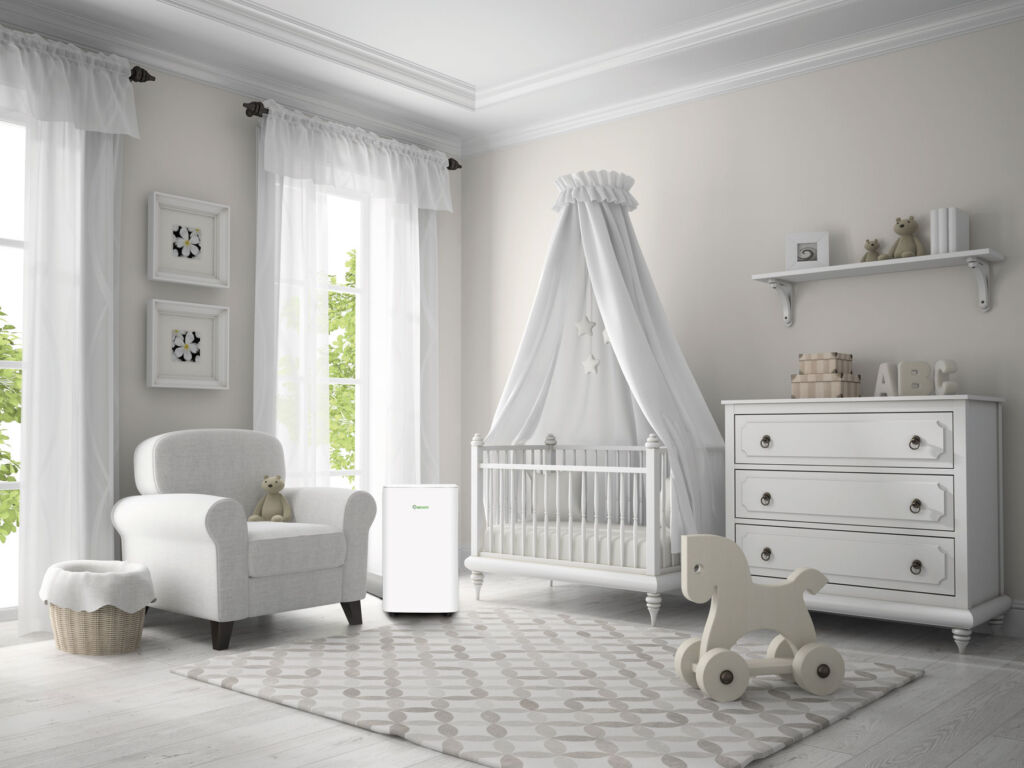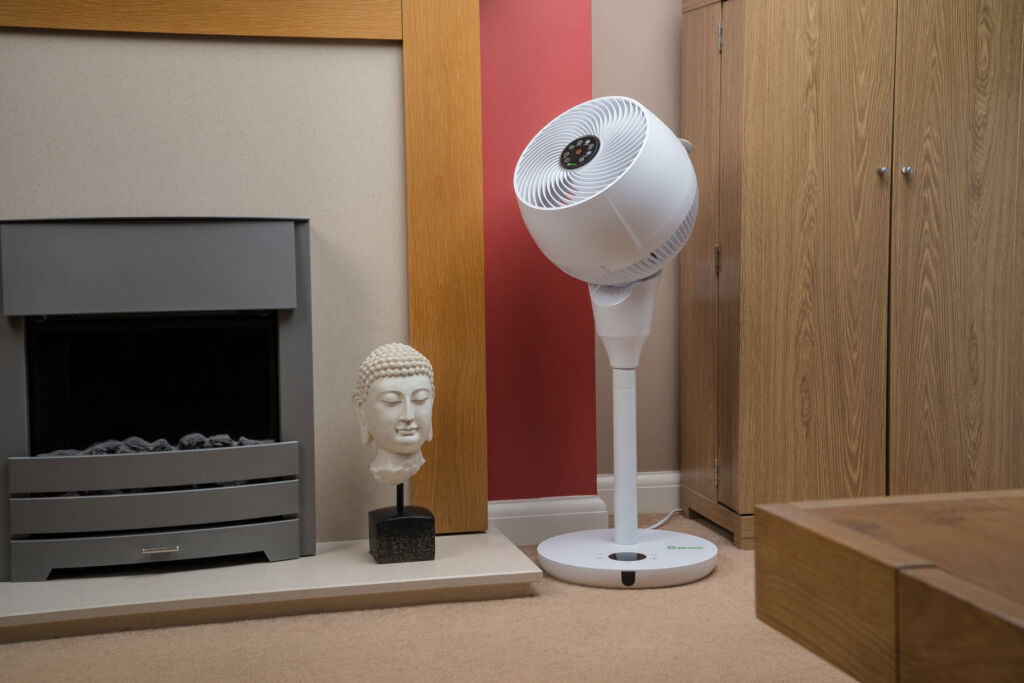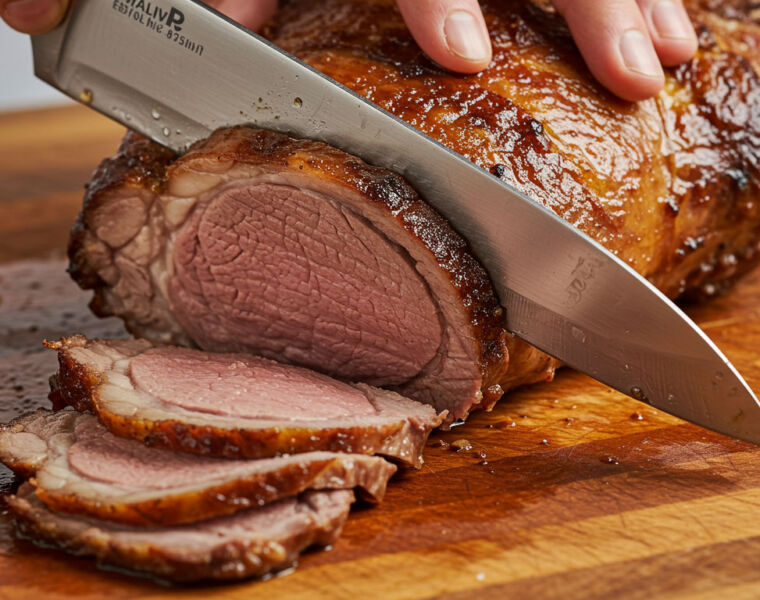
Let’s not beat around the bush; it’s been rather warm in the UK recently. Instead of grinning and bearing it, there are some straightforward solutions, and the most obvious is by using cooling products. For this guide, we have an industry expert to discuss the types of cooling products you should be considering, and equally as important, he’ll be providing an insight into the running costs.
The British summer has finally arrived, and due to the El Niño weather pattern, we may be seeing higher temperatures than normal in the coming months. This fluctuation in the Earth’s climate system occurs every few years, causing drier winters and warmer summers in Europe.
With electricity costs still high, households need to know how to keep the temperature down and save money at the same time. Chris Michael, the managing director of air treatment brand Meaco and cooling expert, has put together tips for households to help keep the temperature down inside without paying over the odds on energy bills.
Keep the heat Outside
Before switching on a cooling appliance, there are a couple of ways to fend off the heat from outdoors and keep a room nice and cool. Instinctively, the first port of call is often to open a window as far as possible, but consider this: is the air outside cooler than the air inside?

If the answer is no, consumers may want to keep the window shut as it’ll make very little difference to the temperature indoors. That said, if going without fresh air simply isn’t an option, then a through draft can be created by opening two windows or doors on the opposite sides of a room or opposite ends of the house. Doing this will provide a nice breeze while reducing the chance of any hot air building up inside.
Similarly, keeping curtains and blinds closed throughout the day will help prevent heat from the sun from warming up a room. Combining the through breeze method while keeping the blinds down is an effective method of reducing the amount of solar gain in that space. This tip is particularly useful if a space will be unoccupied for large portions of the day to save consumers from sitting around in the dark on a lovely summer’s day!
Furthermore, switching off electrical appliances when they aren’t in use will not only save on electricity costs but also help to reduce residual heat from electrical appliances contributing to the room’s temperature.
Find a cheap, energy-efficient cooling solution
When shopping for an electric appliance to help maintain a cool indoor temperature, there are typically two types of products to consider: air conditioners or fans. While air conditioning systems are powerful and undoubtedly effective in cooling a room, fans are easily the most energy-efficient and, therefore, a more cost-effective solution.

While an air conditioner will be the most effective at cooling a room down, a fan blowing cool air around a room is far cheaper than running an air conditioner. In fact, the difference in energy consumption is quite staggering.

An energy-efficient “A” rated fan can cost less than 1p an hour to run*, whereas a 7,000 BTU air conditioner will cost around £28p per hour when in operation*. While these figures might sound small for a few hours, within a few months, consumers could save a lot of money by choosing a fan over an air conditioner.
It’s important that consumers look beyond the initial price tag of a cooling fan, as a product that seems cheap to buy could be more expensive to run. It is valuable to find out if it is powered by AC or DC motor technology. A fan running on a DC motor technology decreases the amount of power needed to work the fan, which makes the fan much more energy efficient. DC fans are also quieter in operation, making them a better solution for keeping cool at night.
Choose the right fan
When purchasing a fan, it’s important to find one that keeps running costs as low as possible but to ensure it is still effective at keeping the home cool and stands the test of time. Households should consider the size of the room they are looking to cool – a larger fan that oscillates will push air around the room better than a smaller, fixed-position fan, for example.
Warranties are an indicator of build quality and a long product lifespan to provide consumers with confidence when purchasing. It’s worth doing research to check which fans have been recognised for attributes such as low noise, build quality and low energy. Awards and reviews by the media, other customers or organisations such as Which? can be extremely helpful in finding the right product.
By implementing these tips and using an energy-efficient fan, households can save money and keep cool this summer without worrying about electricity bills.
For more information about buying cooling products, take a look at Meaco’s cooling buying guide.
*based on 34p/kWh energy prices in the UK.
Read more lifestyle guides, news and features here.

![]()




You must be logged in to post a comment.